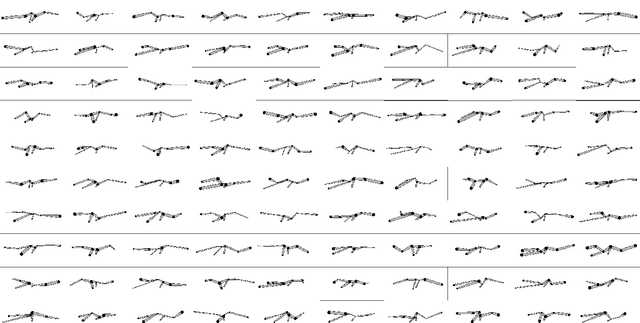Peter Renner
Modeling Scattering Coefficients using Self-Attentive Complex Polynomials with Image-based Representation
Jan 10, 2023Abstract:Finding antenna designs that satisfy frequency requirements and are also optimal with respect to multiple physical criteria is a critical component in designing next generation hardware. However, such a process is non-trivial because the objective function is typically highly nonlinear and sensitive to subtle design change. Moreover, the objective to be optimized often involves electromagnetic (EM) simulations, which is slow and expensive with commercial simulation software. In this work, we propose a sample-efficient and accurate surrogate model, named CZP (Constant Zeros Poles), to directly estimate the scattering coefficients in the frequency domain of a given 2D planar antenna design, without using a simulator. CZP achieves this by predicting the complex zeros and poles for the frequency response of scattering coefficients, which we have theoretically justified for any linear PDE, including Maxwell's equations. Moreover, instead of using low-dimensional representations, CZP leverages a novel image-based representation for antenna topology inspired by the existing mesh-based EM simulation techniques, and attention-based neural network architectures. We demonstrate experimentally that CZP not only outperforms baselines in terms of test loss, but also is able to find 2D antenna designs verifiable by commercial software with only 40k training samples, when coupling with advanced sequential search techniques like reinforcement learning.
A Machine Learning Generative Method for Automating Antenna Design and Optimization
Feb 28, 2022



Abstract:To facilitate the antenna design with the aid of computer, one of the practices in consumer electronic industry is to model and optimize antenna performances with a simplified antenna geometric scheme. Traditional antenna modeling requires profound prior knowledge of electromagnetics in order to achieve a good design which satisfies the performance specifications from both antenna and product designs. The ease of handling multidimensional optimization problems and the less dependence on domain knowledge and experience are the key to achieve the popularity of simulation driven antenna design and optimization for the industry. In this paper, we introduce a flexible geometric scheme with the concept of mesh network that can form any arbitrary shape by connecting different nodes. For such problems with high dimensional parameters, we propose a machine learning based generative method to assist the searching of optimal solutions. It consists of discriminators and generators. The discriminators are used to predict the performance of geometric models, and the generators to create new candidates that will pass the discriminators. Moreover, an evolutionary criterion approach is proposed for further improving the efficiency of our method. Finally, not only optimal solutions can be found, but also the well trained generators can be used to automate future antenna design and optimization. For a dual resonance antenna design with wide bandwidth, our proposed method is in par with Trust Region Framework and much better than the other mature machine learning algorithms including the widely used Genetic Algorithm and Particle Swarm Optimization. When there is no wide bandwidth requirement, it is better than Trust Region Framework.
 Add to Chrome
Add to Chrome Add to Firefox
Add to Firefox Add to Edge
Add to Edge